Popular Baseball Bat Models
See more Popular Baseball Bat Models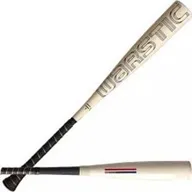
Warstic Bonesaber
193 Available

Louisville Slugger Atlas
211 Available

Louisville Slugger Select PWR
285 Available

Easton ADV 360
363 Available
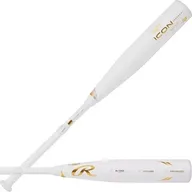
Rawlings Icon
407 Available
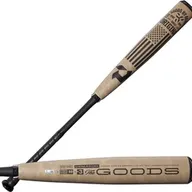
DeMarini The Goods
987 Available
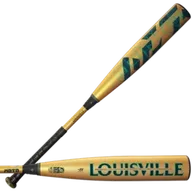
Louisville Slugger Meta
1658 Available

Marucci CAT X
746 Available

Marucci CAT X Connect
293 Available

DeMarini CF
1106 Available
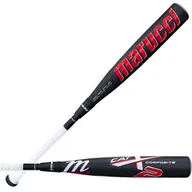
Marucci CAT9
1062 Available
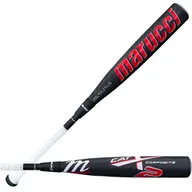
Marucci CAT X Composite
700 Available
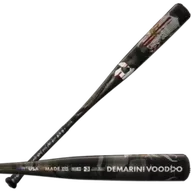
DeMarini Voodoo One
660 Available
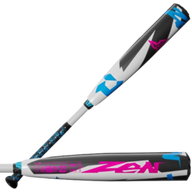
DeMarini CF Zen
680 Available

Rawlings Clout AI
51 Available

DeMarini Zoa
586 Available
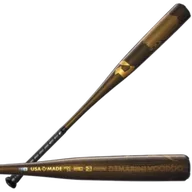
DeMarini Voodoo
527 Available

Victus Vibe
218 Available

Marucci F5
313 Available
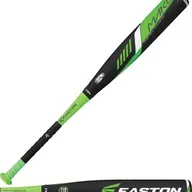
Easton Mako
819 Available
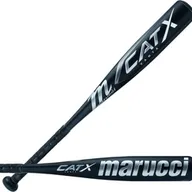
Marucci CAT X Vanta
163 Available
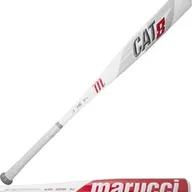
Marucci CAT8
507 Available
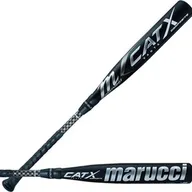
Marucci CAT
718 Available
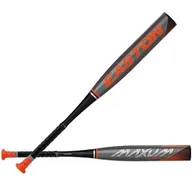
Easton Maxum Ultra
79 Available

Easton Speed
326 Available
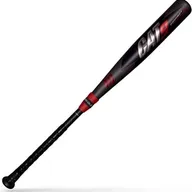
Marucci CAT9 Connect
383 Available
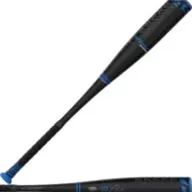
Easton Encore Hybrid
54 Available
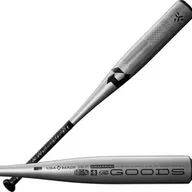
DeMarini The Goods One Piece
120 Available
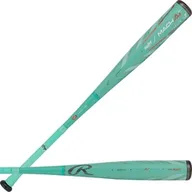
Rawlings Mach AI
115 Available
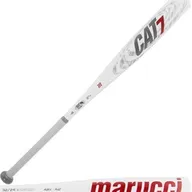
Marucci CAT7
314 Available
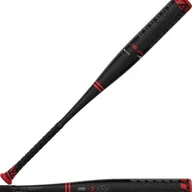
Easton Alpha ALX
268 Available
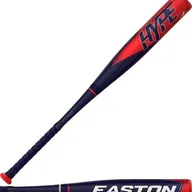
Easton ADV Hype
273 Available
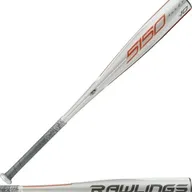
Rawlings 5150
411 Available
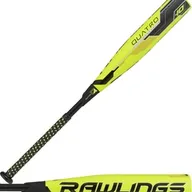
Rawlings Quatro
120 Available
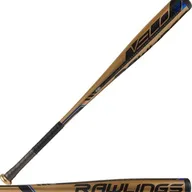
Rawlings Velo
501 Available

Victus Nox
429 Available
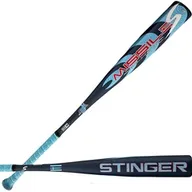
Stinger Stinger Missile
57 Available
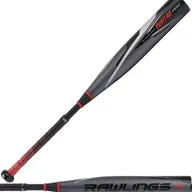
Rawlings Quatro Pro
123 Available

Victus Vandal
224 Available

AXE Avenge
103 Available

Easton MAV1
198 Available
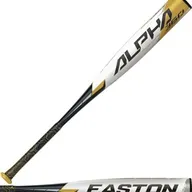
Easton Alpha 360
158 Available
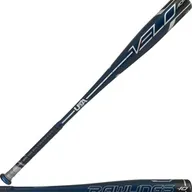
Rawlings Velo ACP
125 Available

Easton Z-Core
86 Available
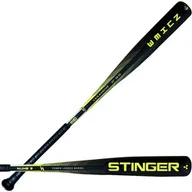
Stinger Nuke
60 Available
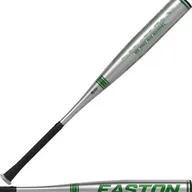
Easton B5 Pro
81 Available

Easton Rope
81 Available
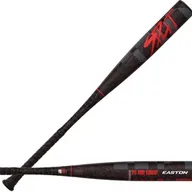
Easton SPLIT
52 Available
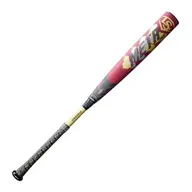
Louisville Slugger Meta PWR
48 Available

Adidas Aero Burner
21 Available
Trending Bat Listings
See more
Diego_Palomo09

Raymond_Shawver

Jcambra22
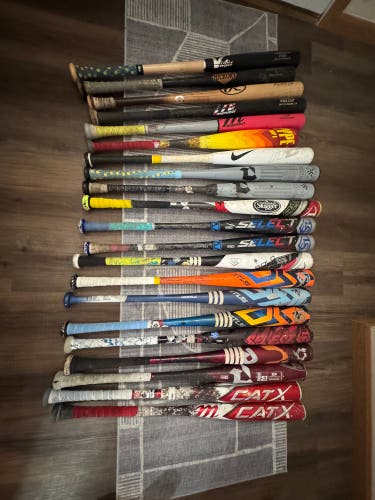
Gaitheraidan

Noah7727
2025 Louisville Slugger BBCOR Certified Select PWR (-3) Hybrid 29 oz 32" (Used)
$280
Retail price: $400
Ballintillnight

Ayecay47
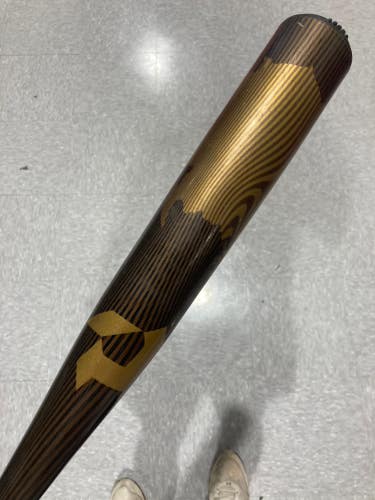
Redi

njdefelice45

rj_keyhann
3,458 Results
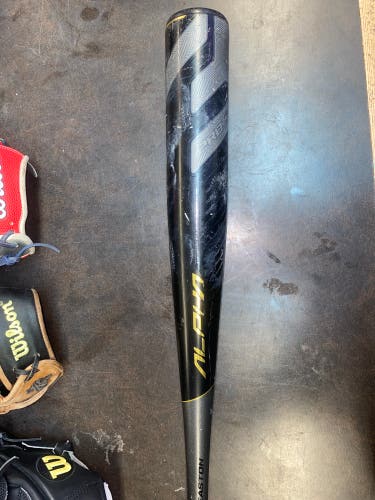
Thegloveplug

ballglovesnjny29
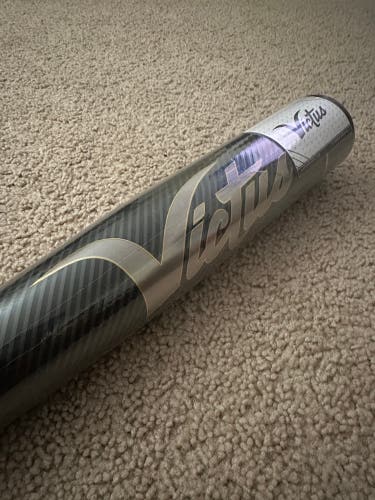
Cutoutmiddleman
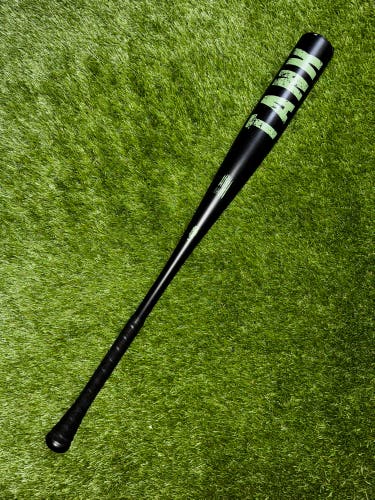
dylanjoh
2023 Soldier Tank 33/30 (-3) BBCOR
$104$11510%

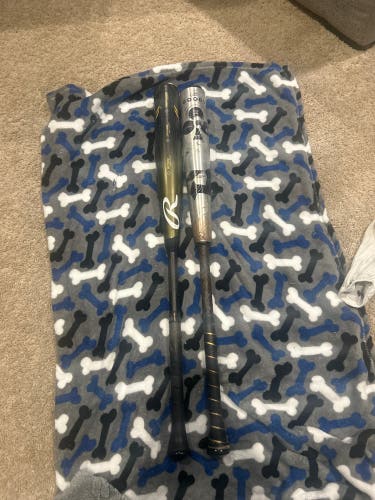
Hockeyplayer79

jruss2323

jruss2323

July_711
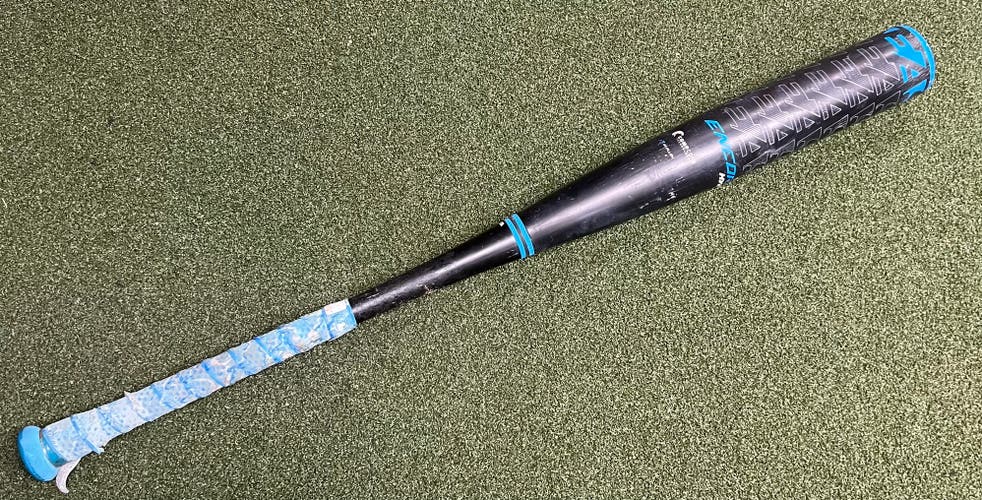
ReplayOwasso

PIASrocNY
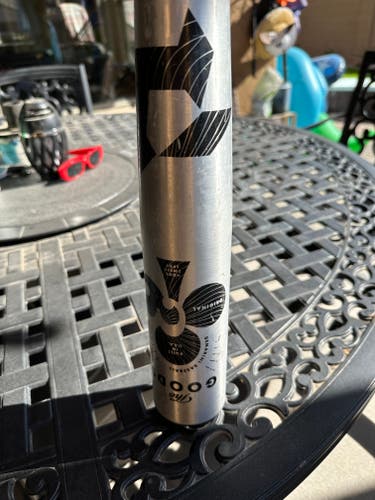
Azwiffer
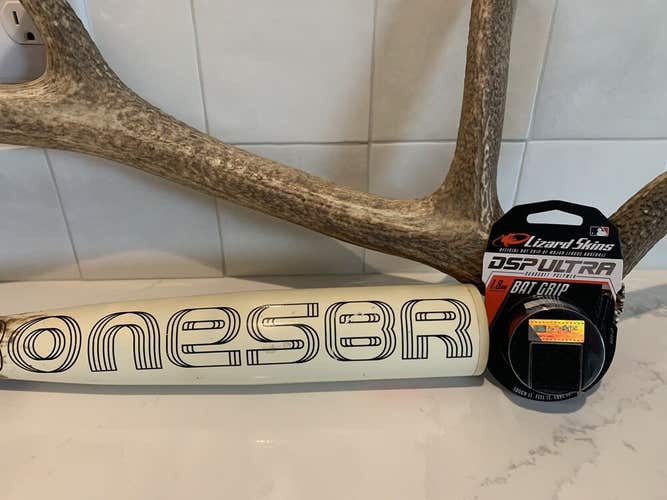
Chriswiseman
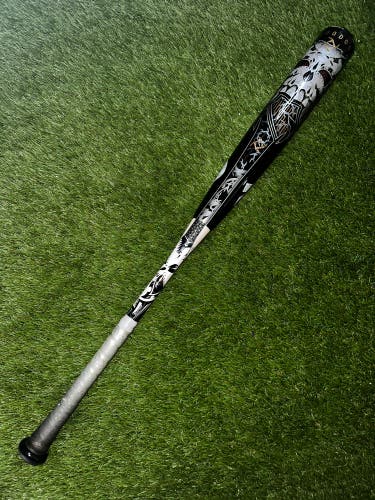
dylanjoh
New 2012 Demarini Voodoo 33/30 (-3) BBCOR
$255$28410%


Dburt25

dylanjoh
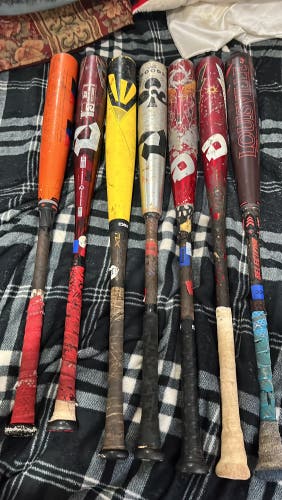
ballboy643
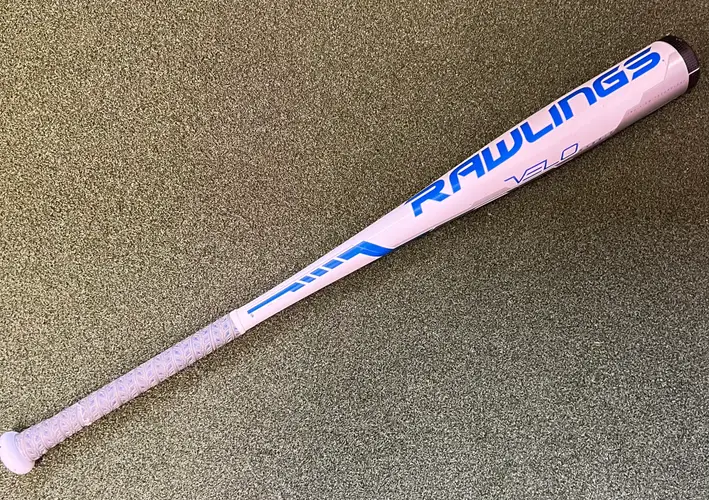
ReplayOwasso
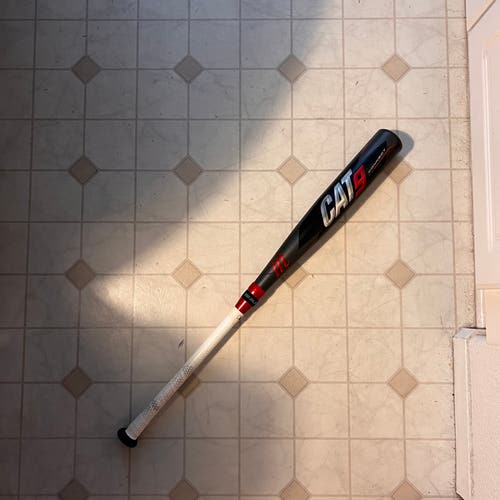
mark_valente_93
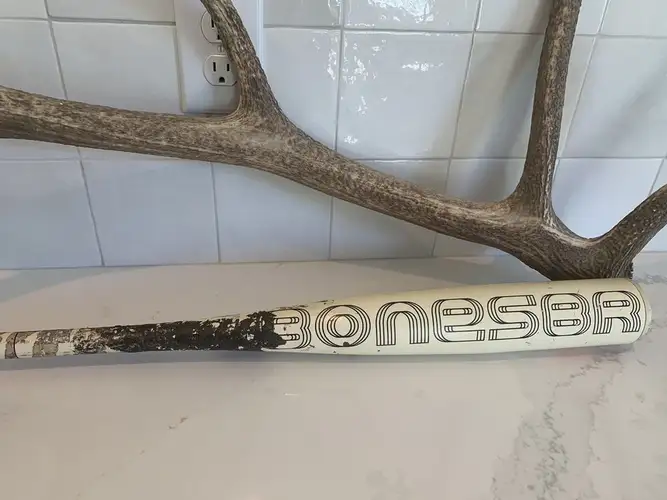
Chriswiseman
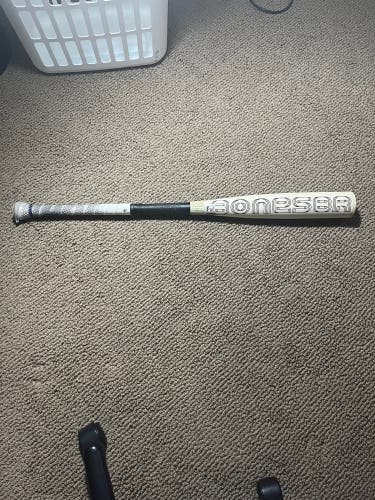
SamCheetah

dylanjoh
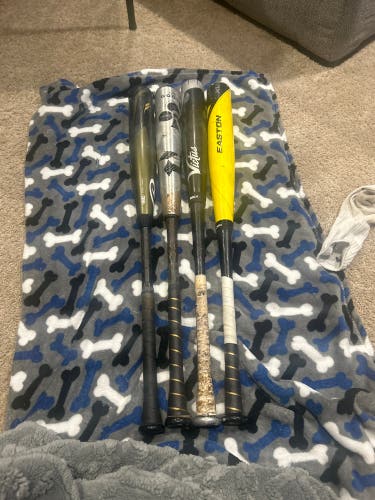
Hockeyplayer79

masondevillier

jearley
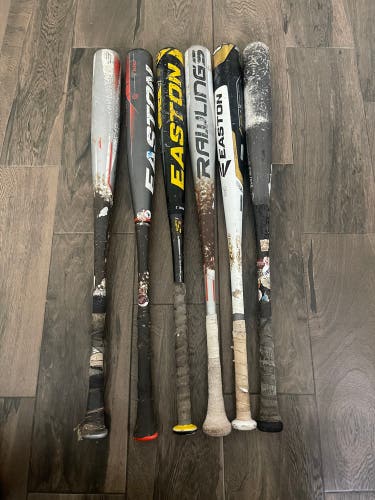
rj_ochoa28
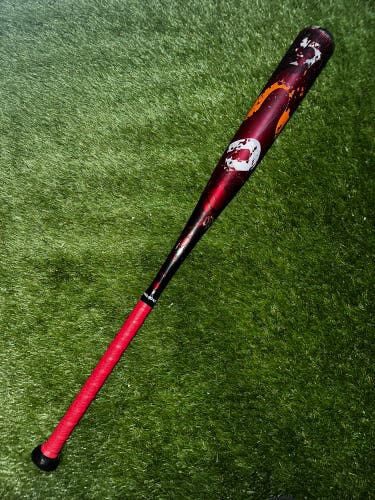
dylanjoh

Chriswiseman
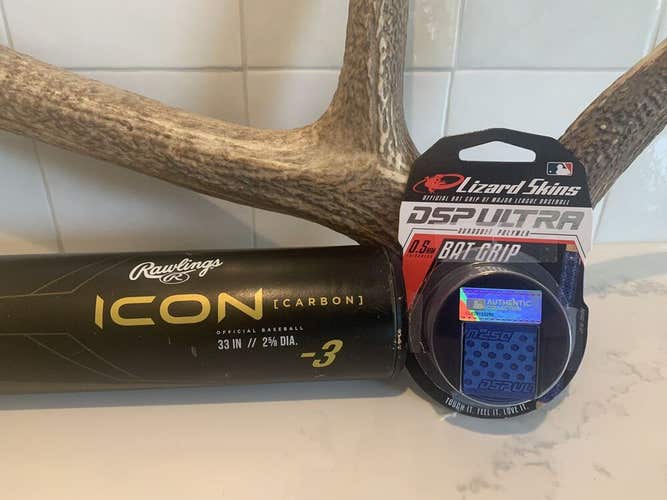
Chriswiseman

ReplayOwasso

Ayecay47
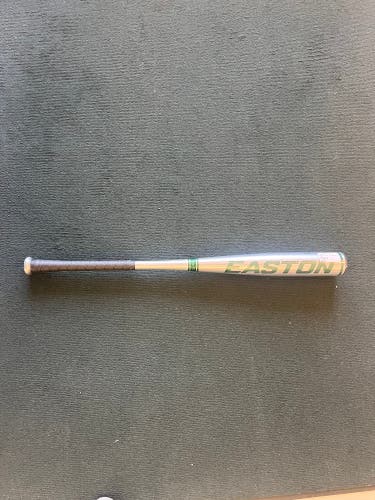
jeffsportingood
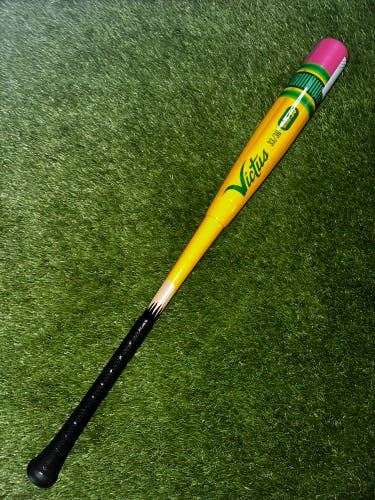
dylanjoh
Related Articles
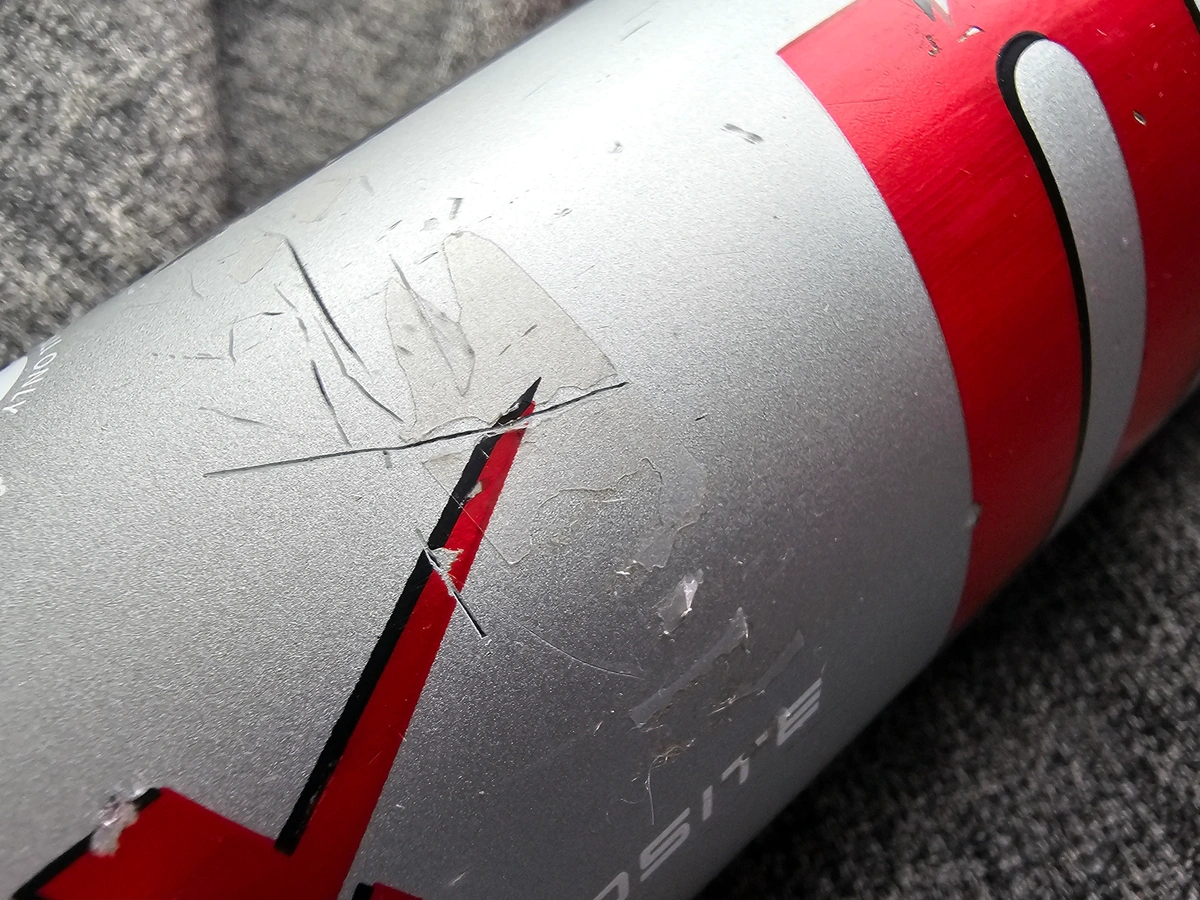
Signs You Need to Replace Your Baseball Bat
A trusty bat, perfectly balanced and broken in, allows you to unleash powerful hits with confidence. But even the most cherished bat can't last forever.
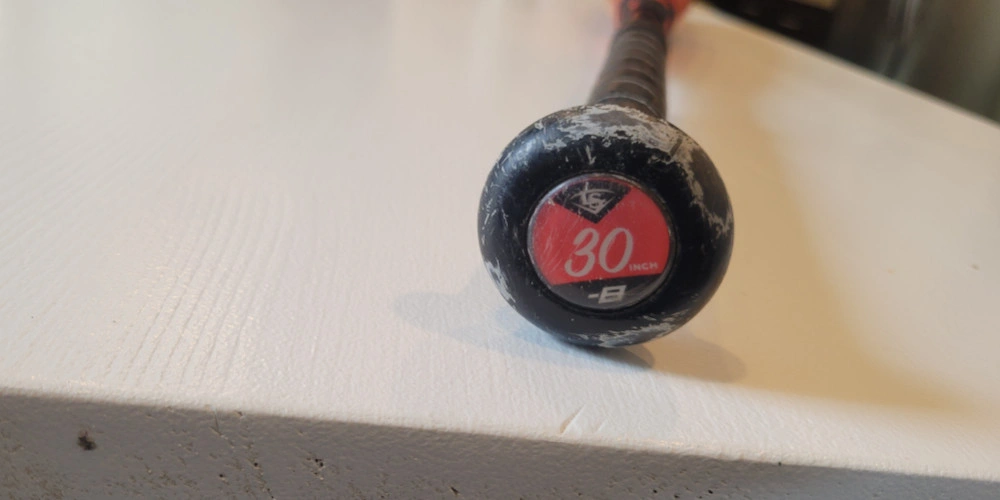
Buying a Used Baseball or Softball Bat
Looking to save big on used bats? Here's a brief checklist that our trade-in team uses to determine whether a used baseball or softball bat is worth buying.
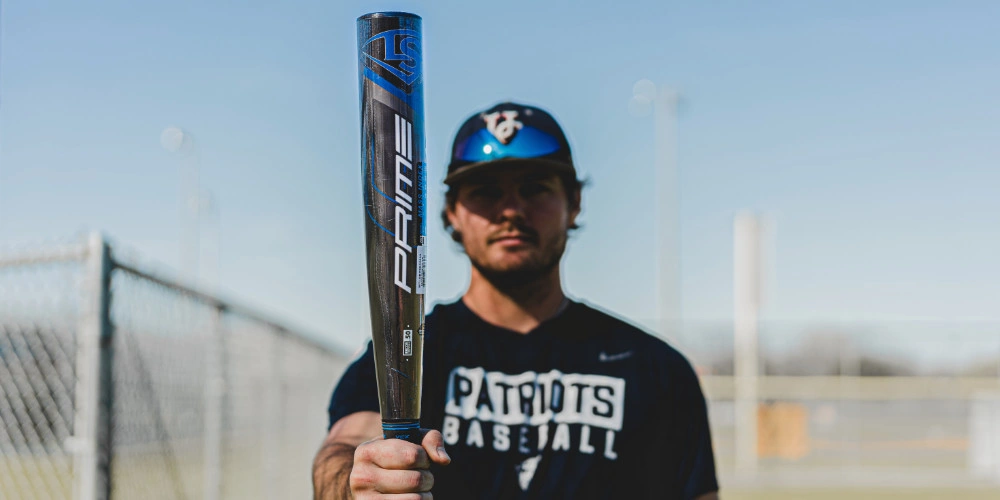
How to Ship A Baseball Bat
If you're looking to sell your bat, we've got a few tips to help you ship them safely.

